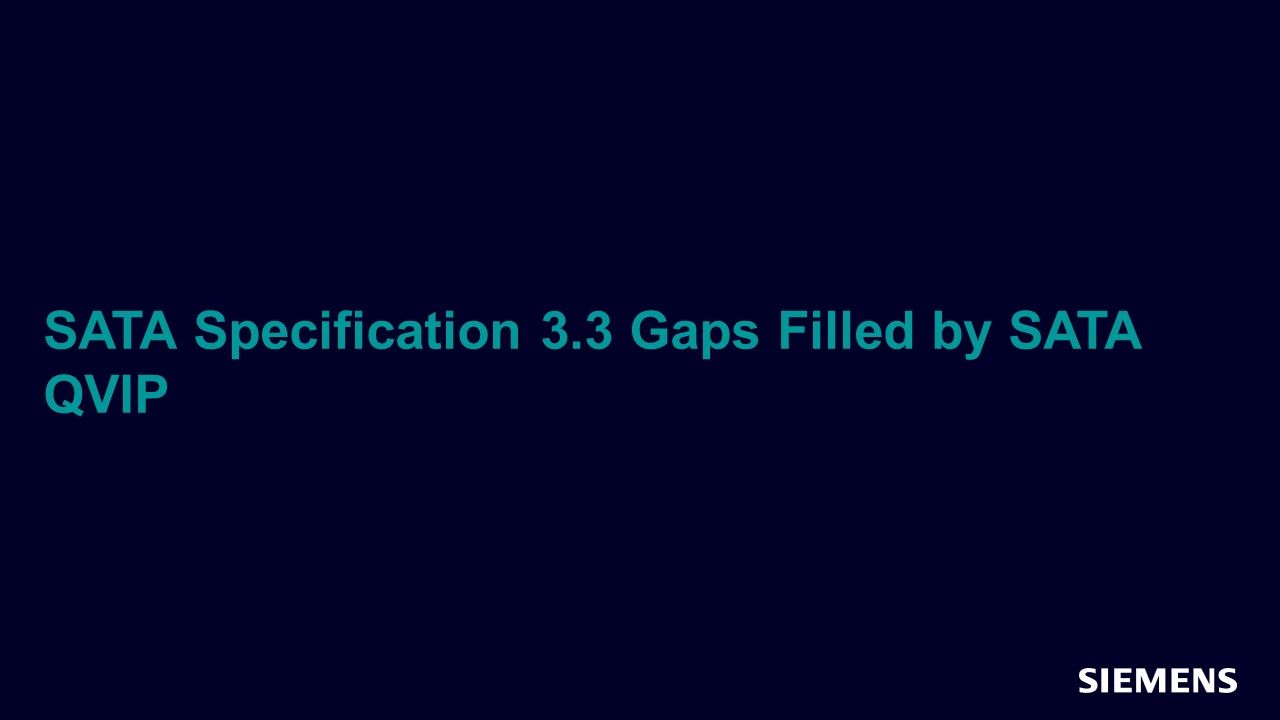SATA Specification 3.3 Gaps Filled by SATA QVIP
Developed to supersede Parallel ATA (PATA), the Serial ATA (SATA) protocol provides higher signaling rates, reduced cable sizes, and optimized data transfers for the connections between host bus adaptors and mass storage devices. SATA is a high-speed serial protocol with a point-to-point connection between the host and each of its connected devices. It is a layered protocol comprising of a command and application layer, transport layer, link layer, and physical layer.

Full-access members only
Register your account to view SATA Specification 3.3 Gaps Filled by SATA QVIP
Full-access members gain access to our free tools and training, including our full library of articles, recorded sessions, seminars, papers, learning tracks, in-depth verification cookbooks, and more.